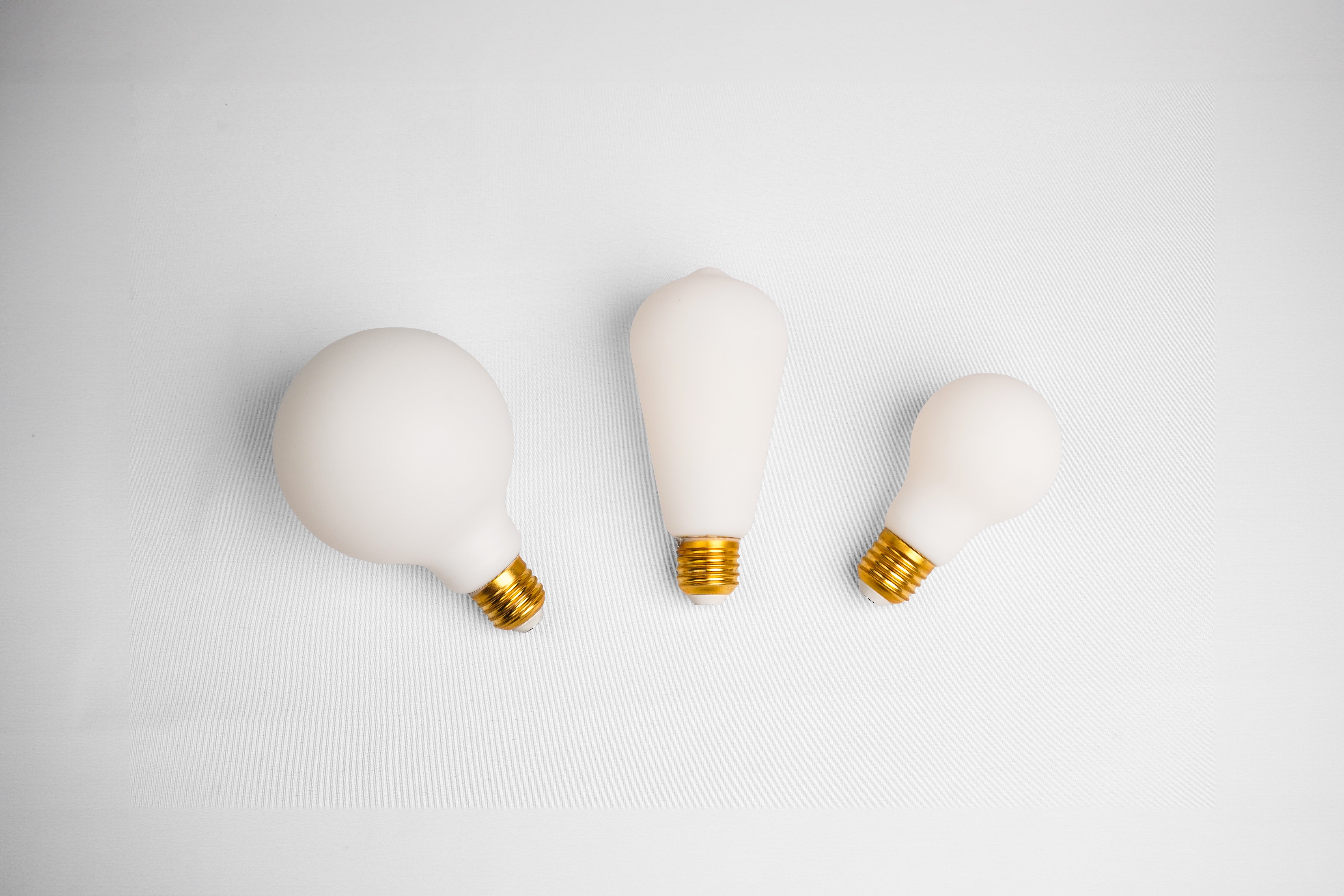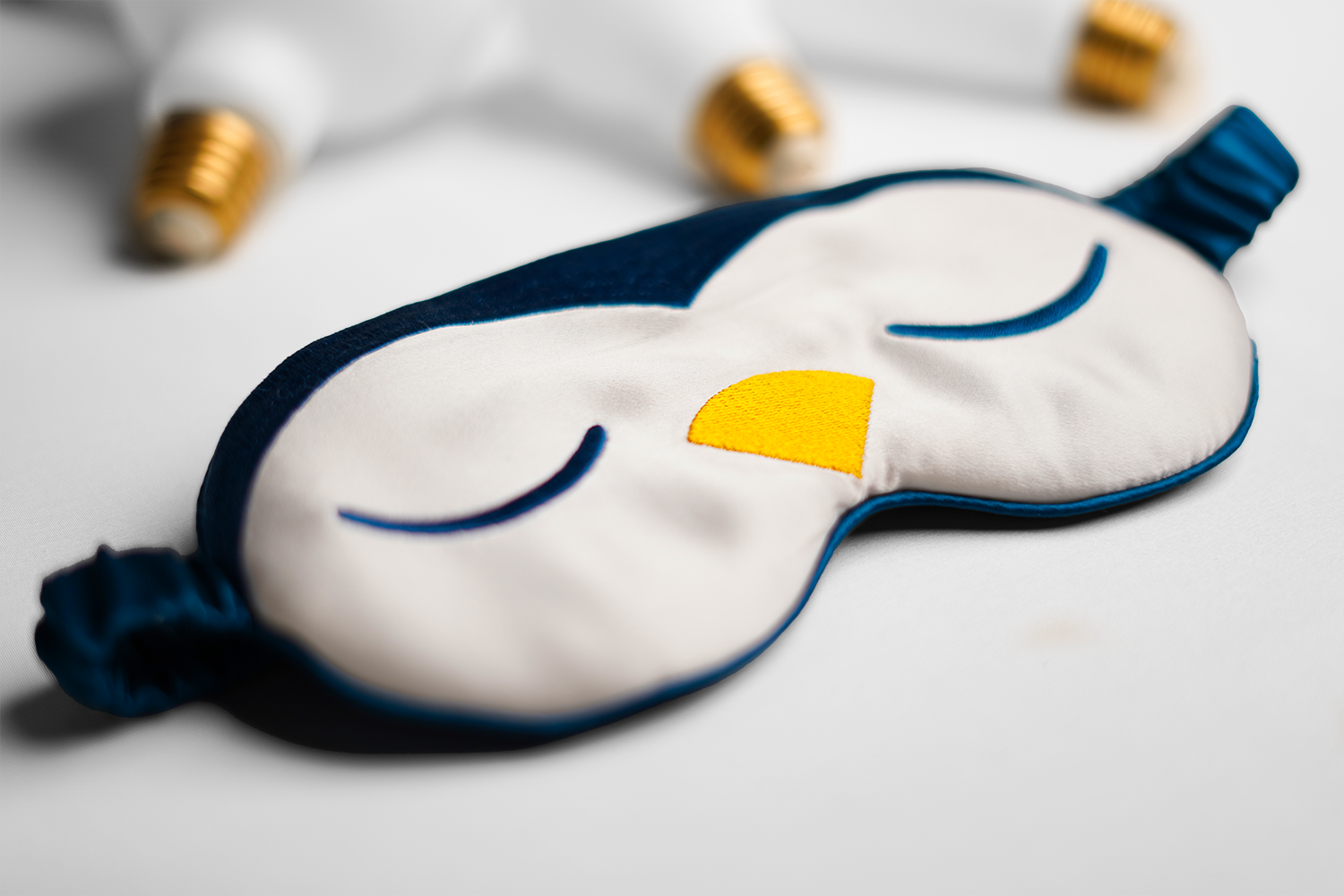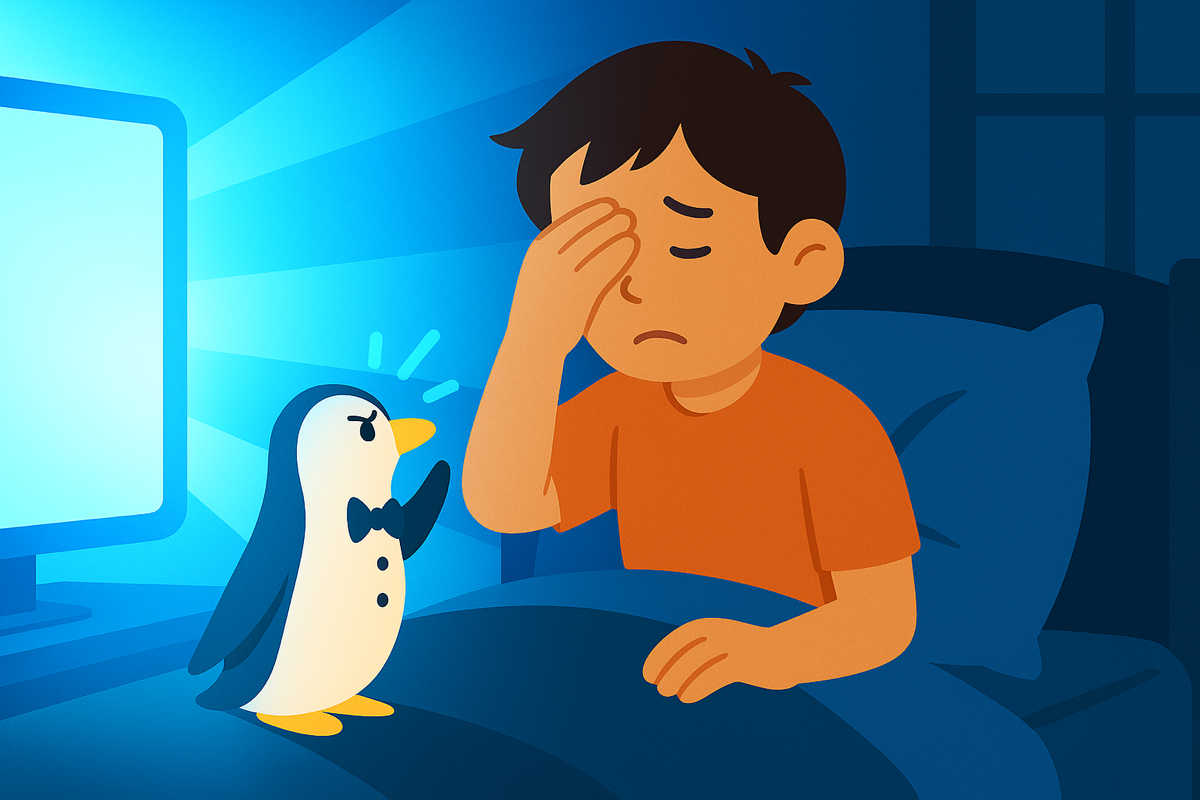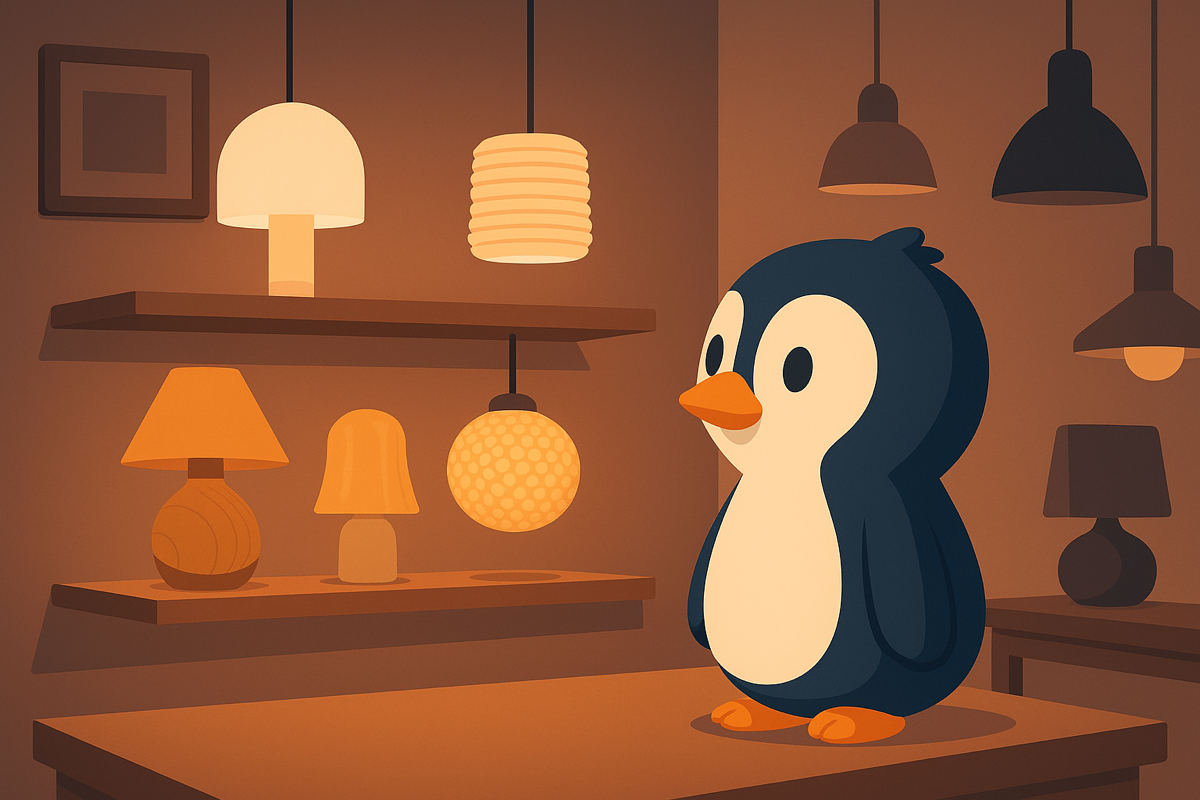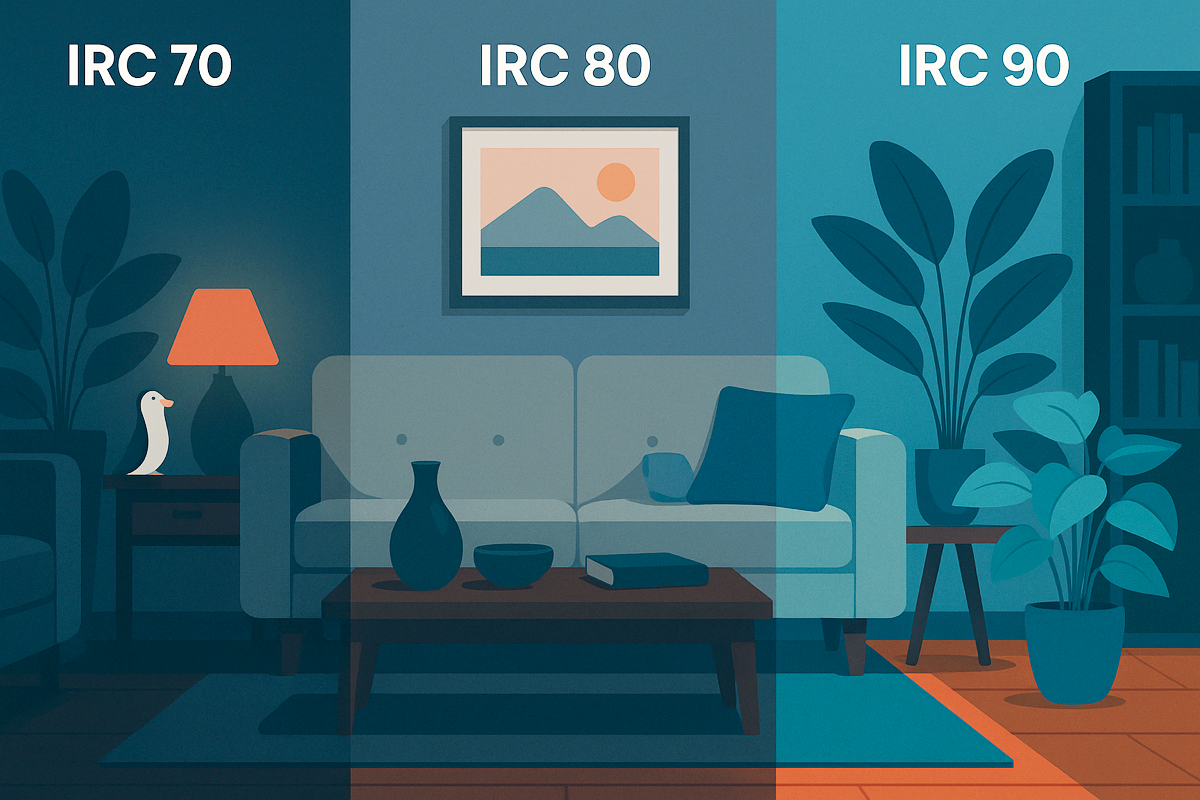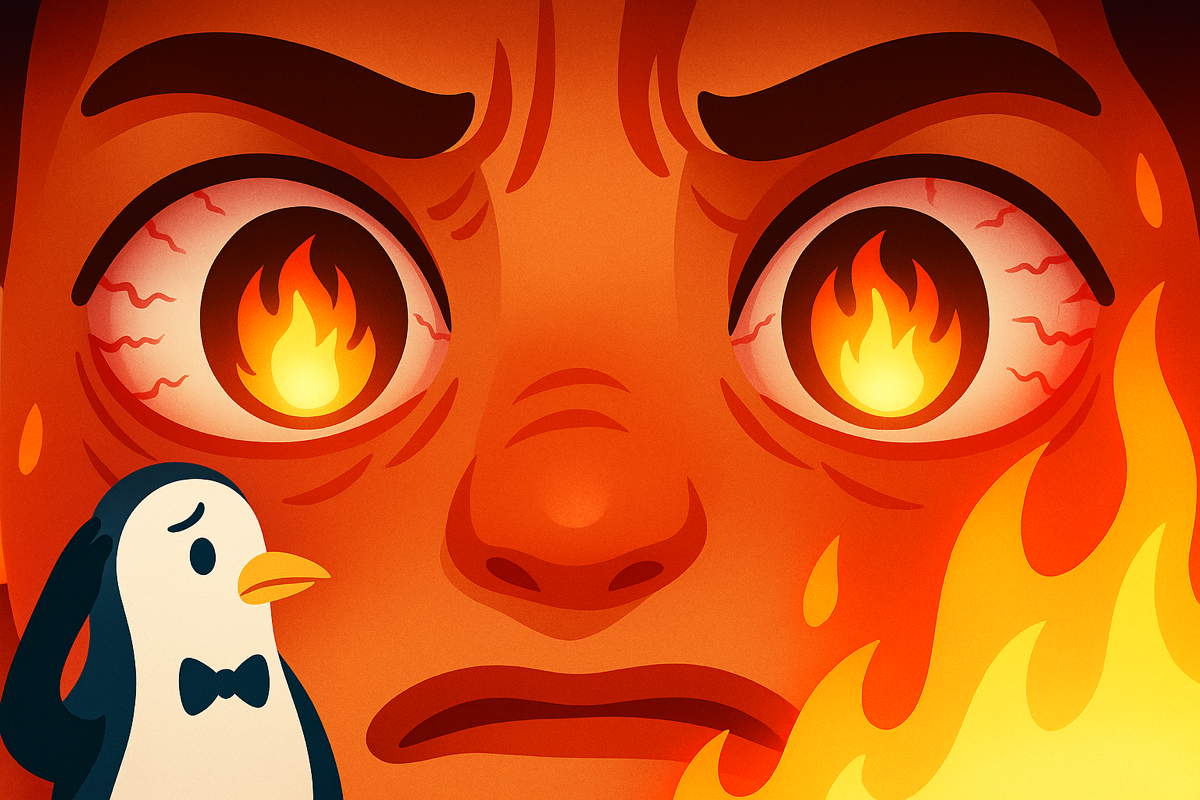Reading time: 5 min
In short:
Blue light isn't poisonous. But it acts as a powerful stimulant on the brain. In children, whose eyes and biological rhythms are still developing, its effects are amplified. Moderation is key... and circadian light is a real solution.
📌 Summary
Why blue light is everywhere
Blue light is naturally present in daylight. It signals to the brain that it's daytime, stimulates attention, and blocks the production of melatonin, the sleep hormone. It's useful in the morning... but not in the evening.
The problem comes from screens, cold LEDs, and white bulbs that constantly emit a spike of blue light. Even at 10 p.m., even in bedrooms. The result: the brain receives a contradictory message, as if it were still broad daylight.
What it causes in children
In adults, blue light delays sleep. But in children, the effects are much more pronounced. Their pupils are larger, their lenses more transparent. The light therefore penetrates more deeply... and disrupts their biological clock more significantly.
Over the long term, excessive exposure can cause sleep disturbances, increased irritability, and in some cases, worsen attention or concentration problems. Not to mention the natural reflex of awakening the nervous system as bedtime approaches.
And what about babies? Increased attention
In infants, the sensitivity is even greater. Their circadian system is still developing. However, blue light prevents the body from understanding when to slow down. A baby exposed to white or blue light after 5 p.m. will have more difficulty falling asleep, even if they are tired.
This is why many pediatricians recommend avoiding screens from the first few months, as well as taking care with lighting. Warm, subdued light, consistent with the daytime, makes it easier to fall asleep... and establish a healthy rhythm.
How to better protect the youngest
There's no need to turn off all the lights or ban screens for life. You just need to be strategic. Here are some simple steps you can take:
- Use warm light (less than 2700 K) after 5 p.m.
- Avoid screens 1 hour before bedtime (or use an orange filter)
Laqi circadian bulbs adapt to the clock without thinking. A natural, gentle transition, designed to respect the biological rhythm of the whole family—including toddlers.
💬 FAQ
Should blue light be banned altogether?
No. It is useful in the morning and during the day. It is especially important to reduce it in the evening.
My child watches cartoons in the evening, is that serious?
Not necessarily. But it's better to favor a subdued atmosphere and turn off screens 30 to 60 minutes before bedtime.
What type of lighting should you choose in the bedroom?
A circadian bulb, which naturally changes color with the time of day, is ideal. Alternatively, opt for a warm light (2000–2700 K).
What if we looked at light differently?
It's not a matter of fear, but of common sense. Blue light isn't an enemy, but it must be well placed. In children, it's an invisible lever... but incredibly powerful.

